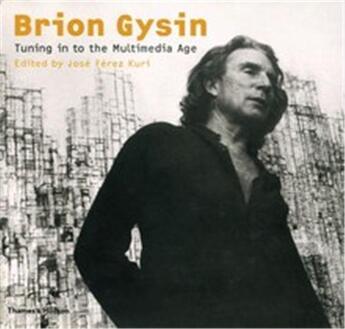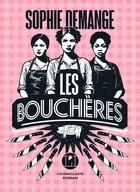Résumé:
Painter, writer, sound poet, lyricist, performance artist - Brion Gysin first came to prominence in the 1950s in the heady atmosphere of the so-called Beat Hotel in Paris. His enormous range of radical ideas would become a source of inspiration for artists of the Beat Generation, as well as for... Voir plus
Painter, writer, sound poet, lyricist, performance artist - Brion Gysin first came to prominence in the 1950s in the heady atmosphere of the so-called Beat Hotel in Paris. His enormous range of radical ideas would become a source of inspiration for artists of the Beat Generation, as well as for their successors (among them David Bowie, Mick Jagger, Keith Haring and Laurie Anderson).
As a painter Gysin is remembered for his evocative views of the Sahara and for his unprecedented calligraphic abstractions inspired by Japanese and Arabic script. His later discovery of the potential of a paint-roller to produce a limitless ready-made grid provided the basis for the unique `roller poems' of the 1970s, a concept extended to the use of 35mm film to produce photographic sequences showing the construction of the Centre Pompidou (Beaubourg) in Paris.
Gysin's chance observation of random combinations of words led to the development of the cut-up technique by his friend William S. Burroughs, with whom he would collaborate most notably in producing The Third Mind (1978). Gysin's inventive ideas also extended to permutated poems and to the development in 1961 of the Dreamachine - `the first art object to be seen with the eyes closed' - capable of producing a change of consciousness in the viewer, as well as to light shows and stage performances in collaboration with leading musicians such as Steve Lacy and Ramuntcho Matta.
The sheer variety of visual material illustrated in this first comprehensive study of Gysin's life and work reveals him as a remarkable artist. The accompanying texts include a biographical outline, together with first-hand reminiscences by Gysin's friends and contemporaries such as John Giorno and Bernard Heidsieck, and analyses of his work and ideas by later scholars.
Donner votre avis














